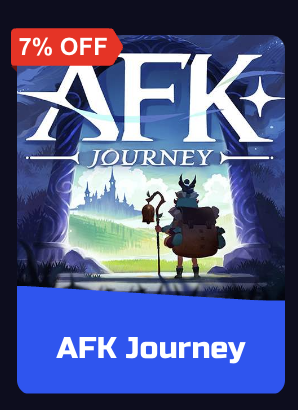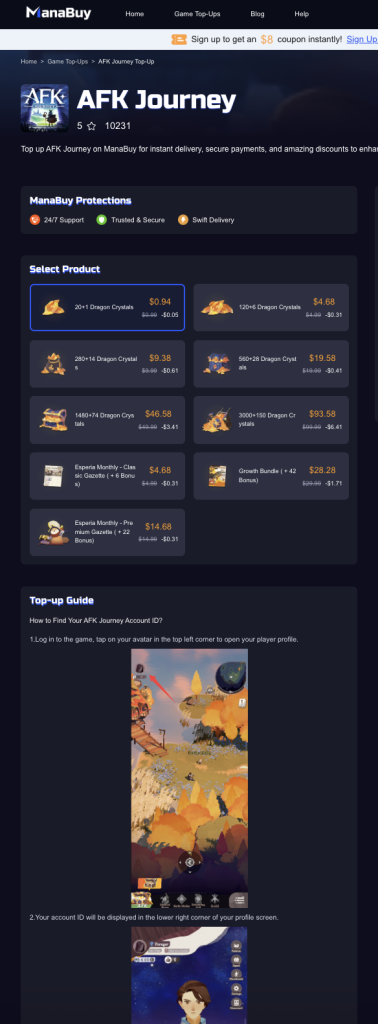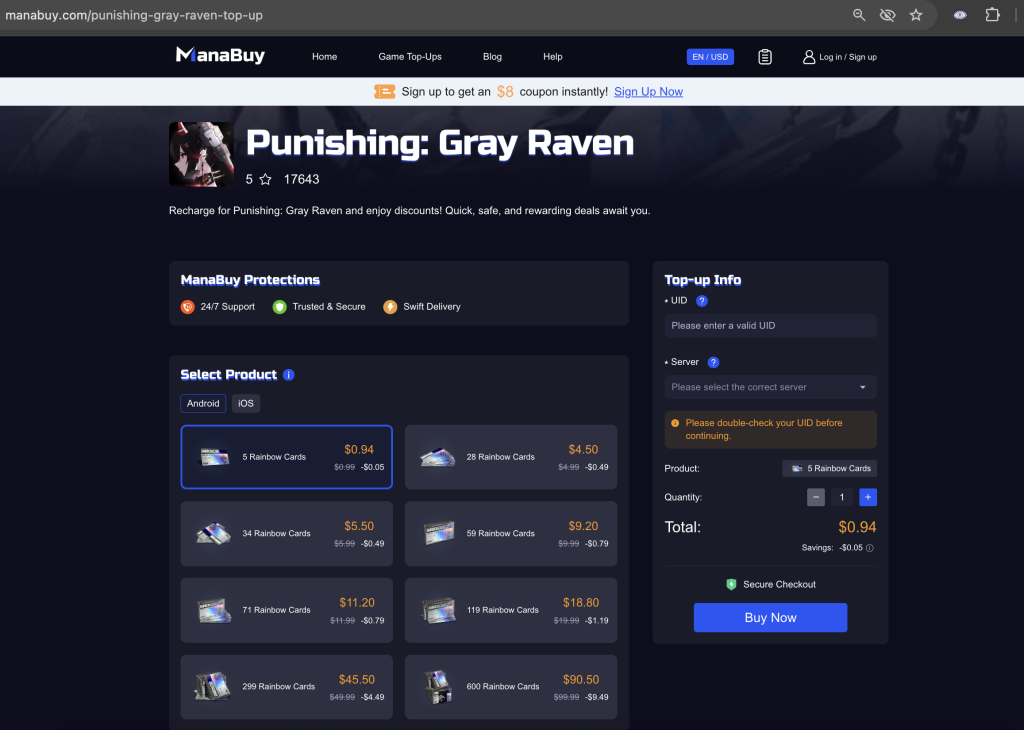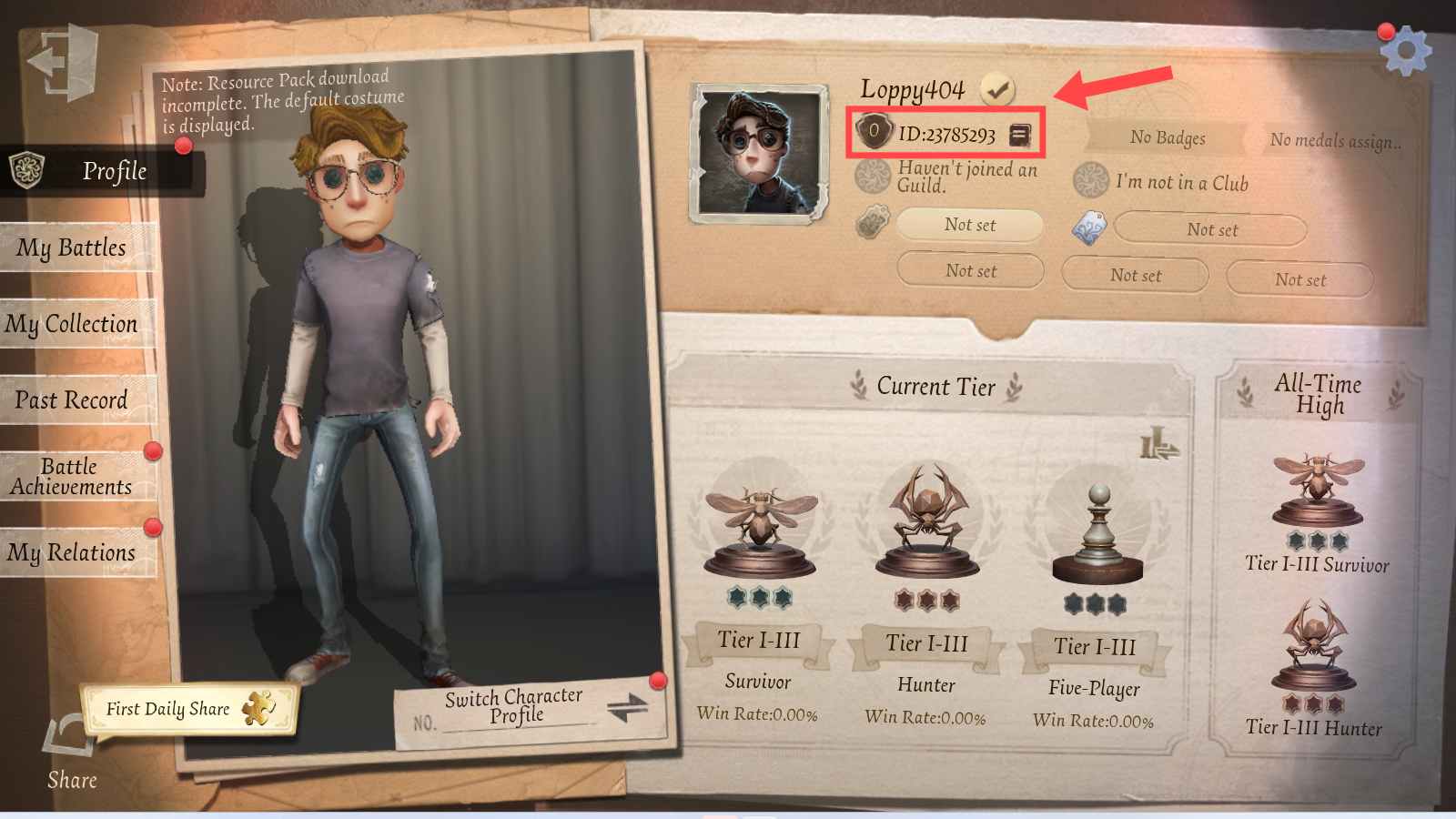Play More, Fiddle Less: The Easy Way to Top Up Mobile Legends: Bang Bang
There’s a certain rhythm to a great MLBB session. Your trio is online, the draft falls your way, and you’ve got a build path in mind that turns a decent game into a stomp. The only thing that shouldn’t break that rhythm is running out of Diamonds right when the Starlight Pass refreshes or a limited skin hits the shop. Topping up should be a one-minute errand—clean, safe, and predictable—so you can spend your energy on rotations and macro, not receipts and forms.
Here’s the flow that actually works. Pick your Diamond bundle, confirm your player details, pay, and you’re done. On Manabuy’s Mobile Legends: Bang Bang top up page, pricing is clear, steps are simple, and status updates are in plain English. No labyrinth of pop-ups, no surprise fees at the final click, and no “please try again later” limbo while your squad waits in the lobby.
Why does this matter? Because MLBB rewards timing and momentum. When a Starlight skin drops, an event shop rotates, or a value bundle appears, being ready lets you act now. Diamonds on hand turn “I’ll do it tomorrow” into “locked.” That doesn’t replace last-hit discipline or map awareness, but it does remove the admin friction between wanting something and getting it—so you keep queueing, learning, and winning.
What to expect when you top up with Manabuy:
- Transparent totals. The price you see is the price you pay. No calculator gymnastics at checkout.
- Fast fulfillment. Orders typically complete in minutes—quick enough that your team keeps warm-ups rolling.
- Human support. If an order needs a quick verification, a real person steps in with practical updates (not canned loops).
- Security that stays invisible. Payments run through trusted gateways over encrypted connections; your account info is used only to deliver Diamonds.
If you like keeping essentials one tap away, bookmark the MLBB diamond recharge link. When patch notes drop or your duo pings you for “one quick push,” your refill path is already set.
Phone-first, because that’s real life
Most of us top up on our phones—on the couch, during a quick break, or between matches. The checkout is lightweight and responsive, so you’re not pinch-zooming through tiny fields or retyping the same info across multiple screens. You’ll get a clear confirmation and a tidy purchase history too (handy if you manage an alt or gift a friend during a collab).
Make every Diamond work harder
Treat Diamonds like any other resource: most valuable when you use them at the right time.
- Match bundle size to your rhythm. If you play a few nights a week, mid-tier packages usually hit the sweet spot. Daily grinders often save more with larger bundles over a month.
- Start Starlight early. Buying on day one converts casual games into steady rewards all month.
- Align with rotations. Featured skins and event shops deliver peak value while they’re live; be topped up before the window opens.
- Double-check your player ID. One character off is the #1 cause of delays; a two-second glance prevents a day of waiting.
- Set a monthly cap. “Good value” only counts if you actually spend less; intentional budgets beat 1 a.m. impulses.
What the whole thing feels like
You land on the page, choose your Diamonds, confirm the essentials, and pay. The status messages tell you what happened and what to expect next—no jargon. If anything needs attention, support gives you a direct answer rather than a copy-paste shrug. Then you’re back in voice, ready to lock your hero and play the plan while it’s still fresh.
Over a week, that predictability adds up. You stop postponing small decisions that make sessions better: securing a skin you’ll actually use, finishing Starlight tasks on schedule, or picking up a value bundle without derailing the lobby. The compounding effect is real—more reps, calmer macro, cleaner end-game calls.
If you’re ready to make “out of Diamonds” a non-issue, start with the Manabuy MLBB top-up page. Quick delivery, clear pricing, and a checkout you can trust—so the only countdown you’re watching is the draft timer, not a payment spinner.



